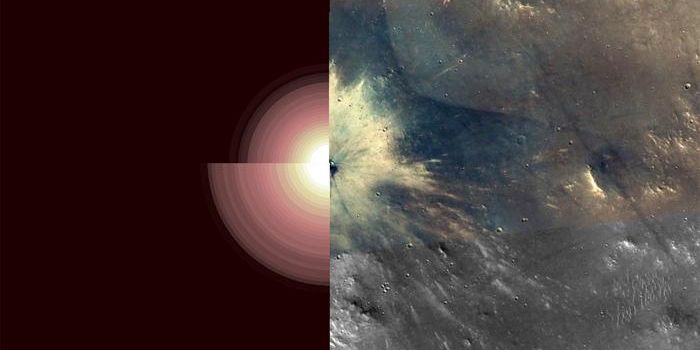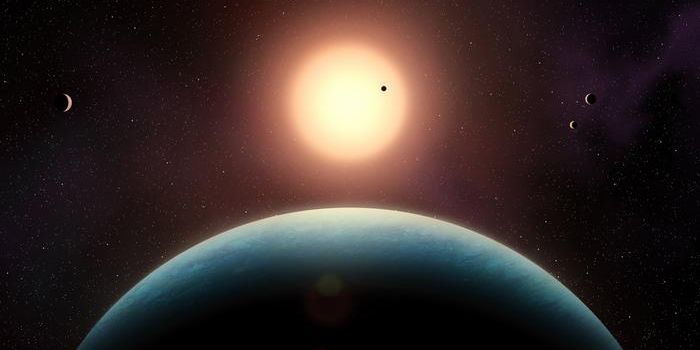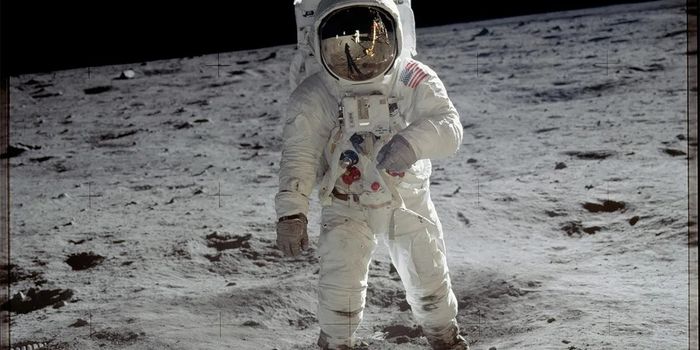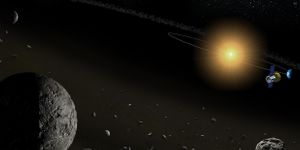Are LIGO's Gravitational Wave Detections Real?
Albert Einstein first theorized about the existence of gravitational waves in 1916, and physicists have been on an endless scavenger hunt to observe them ever since.
Scientists with the Laser Interferometer Gravitational-Wave Observatory (LIGO) first publicized the detection of gravitational waves in 2015, and they’ve reported several additional detections since the first. Unfortunately, not everyone’s convinced that these detections were gravitational waves.
LIGO is comprised of two separate detectors that are a full continent away from one another. The distance between both detectors ensures that background noise doesn’t interfere with data collection because sounds or vibrations on one continent surely wouldn’t exist on another. But is that enough to fill the margin of error?
Other scientists not associated with LIGO have attempted to validate the observatory’s findings using different detection methods and weren’t as successful. Upon confronting LIGO about it, scientists at the observatory firmly maintained that its detections were genuine and that detecting gravitational waves was an incredibly complex process.
Given the inability to reproduce these results outside of LIGO’s walls, it’s logical to be skeptical of the findings. Unfortunately, it remains unclear as to whether LIGO detected gravitational waves or if it was something else, and this uncertainty isn’t good for science.
If we’re lucky, then perhaps some clarity into the matter will present itself sooner rather than later.








